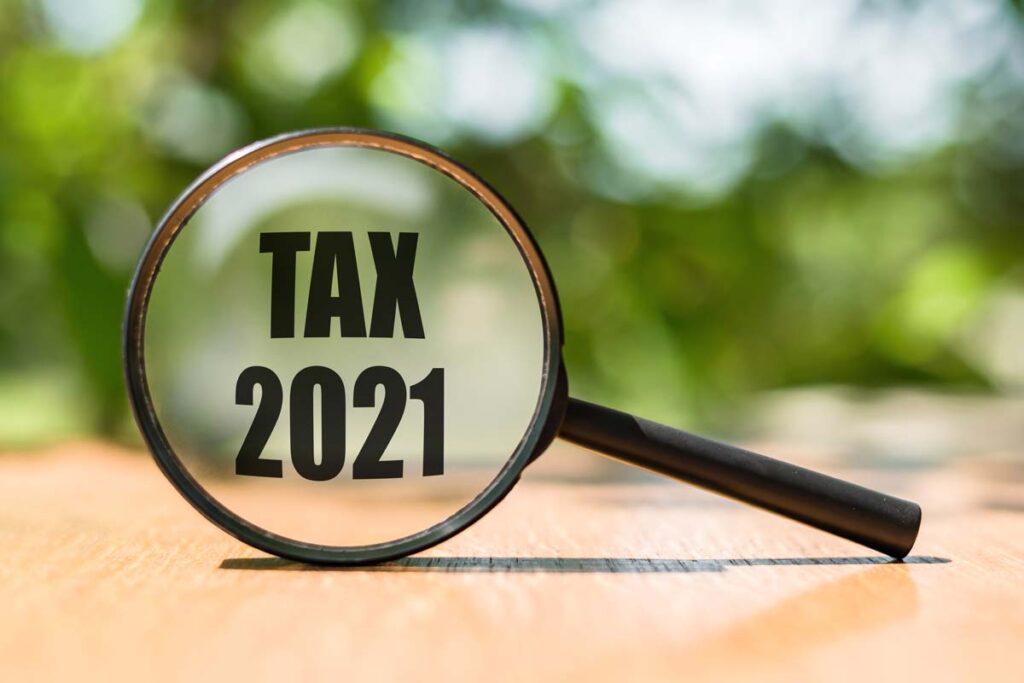Normally April 15 is the deadline for filing your individual tax return (except for 2020 taxes that are now due on May 15, 2021), it’s also the deadline for the first quarterly estimated tax payment for both Federal and State for 2021, if required.
You may have to make estimated tax payments if you receive interest, dividends, pension/IRA income, self-employment income, capital gains, prize money or other income. If you do not pay enough tax during the year through tax withholdings and quarterly estimated payments, you may be liable for a tax penalty in addition to the income tax that is ultimately due.
Estimate Payment Dates
To avoid an underpayment penalty, individuals generally must pay 25% of their “required annual payment” by April 15, June 15, September 15, and January 15 of the following year, to avoid an underpayment penalty. If one of those dates falls on a weekend or holiday, the payment is due on the next business day.
How Much to Pay?
The required annual payment for most individuals is the lower of 90% of the tax shown on the current year’s return or 100% of the tax shown on the return for the previous year. However, if the adjusted gross income on your previous year’s return was more than $150,000 (more than $75,000 if you are married filing separately), you must pay the lower of 90% of the tax shown on the current year’s return or 110% of the tax shown on the return for the previous year. Relying on your prior year tax liability is often referred to as the “Exception One” or the “Safe Harbor” amount. When your next year income is less certain, we often recommend calculating the estimates based on the prior year.
For Wisconsin income tax, individuals must make estimated tax payments if they expect to owe more than $500 in balance due on the Form 1 income tax return (after considering all credits and payroll or other withholdings).
Most people who receive the bulk of their income in the form of wages satisfy these payment requirements through the tax withheld by their employers from their paychecks. Those who make estimated tax payments generally do so in four installments. After determining the required annual payment, they divide that number by four and make four equal payments by the due dates.
The Annualized Income Method
But you may be able to use the annualized income method to make smaller payments. This method is useful to people whose income flow is not uniform over the year, perhaps because they are involved in a seasonal business or they incur significant one-time capital gains or other income (e.g., income from a Roth Conversion).
Exceptions to Avoid the Penalty
If you fail to make the required payments, you may be subject to a penalty. However, the underpayment penalty does not apply to you:
- If the total tax shown on your return is less than $1,000 after subtracting withholding tax paid;
- If you had no tax liability for the preceding year, you were a U.S. citizen or resident for that entire year, and that year was 12 months;
- For the fourth (Jan. 15) installment, if you file your return by that January 31 and pay your tax in full; or
- If you’re a farmer or fisherman and pay your entire estimated tax by January 15, or pay your entire estimated tax and file your tax return by March 1
In addition, the IRS may waive the penalty if the failure was due to casualty, disaster, or other unusual circumstances and it would be inequitable to impose it. The penalty may also be waived for reasonable cause during the first two years after you retire (after reaching age 62) or become disabled.
Stay on Top of your Estimates, if Required
Both the IRS and Wisconsin Department of Revenue have helpful worksheets and online payment options to assist you in calculating the amount of estimated income taxes due and making payments. Please feel free to contact us if you have questions about how to calculate your estimated tax payments. We can help you stay on track so you can minimize or eliminate potential underpayment penalties.


